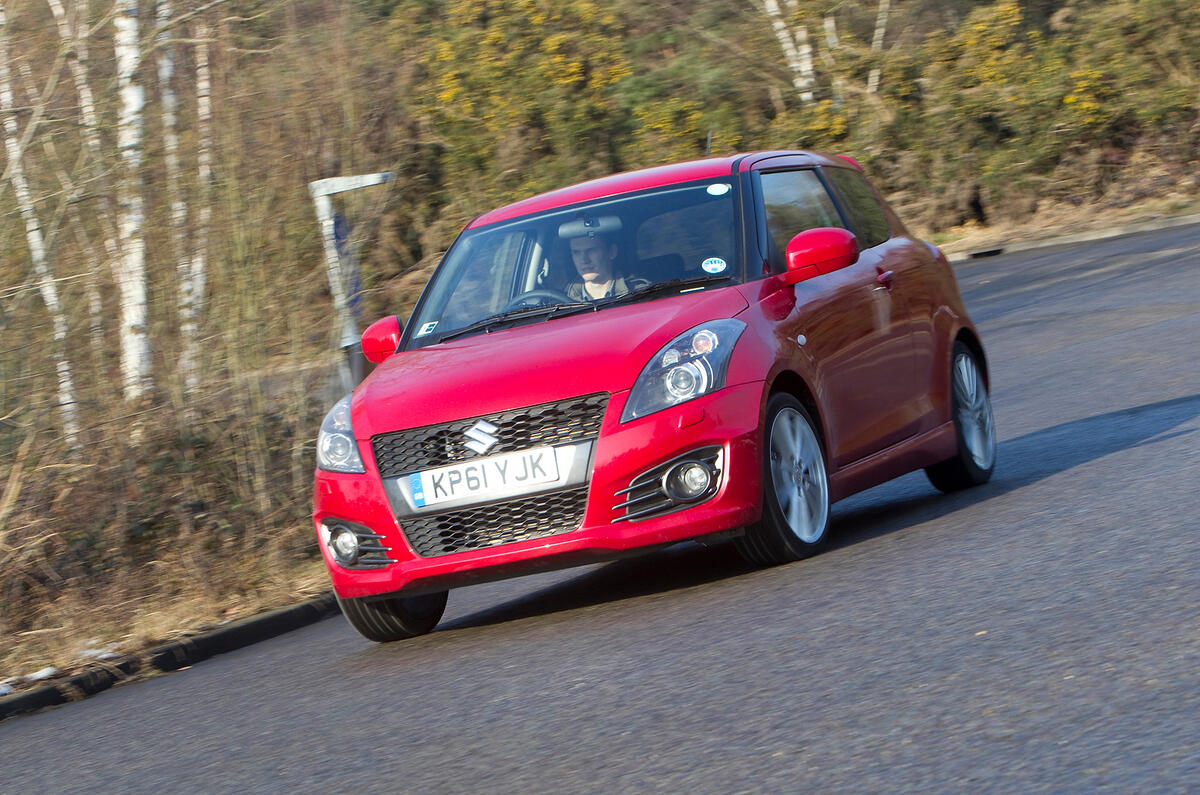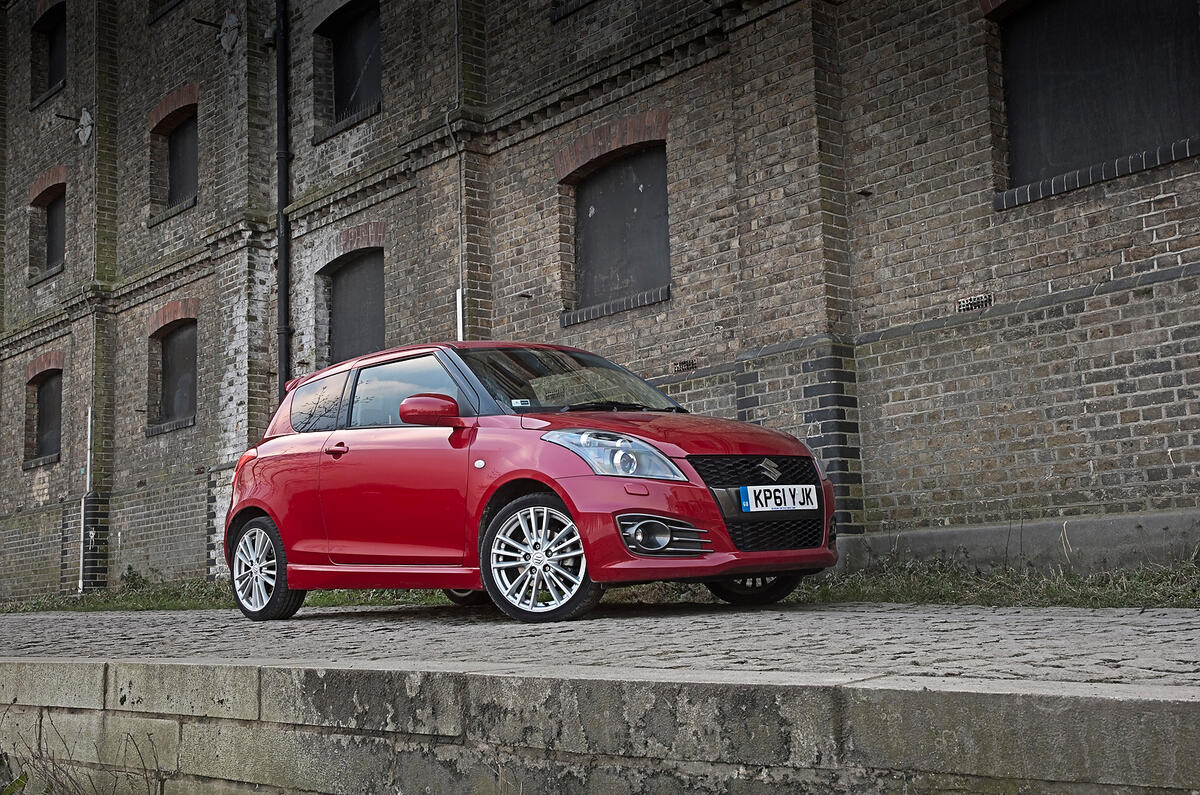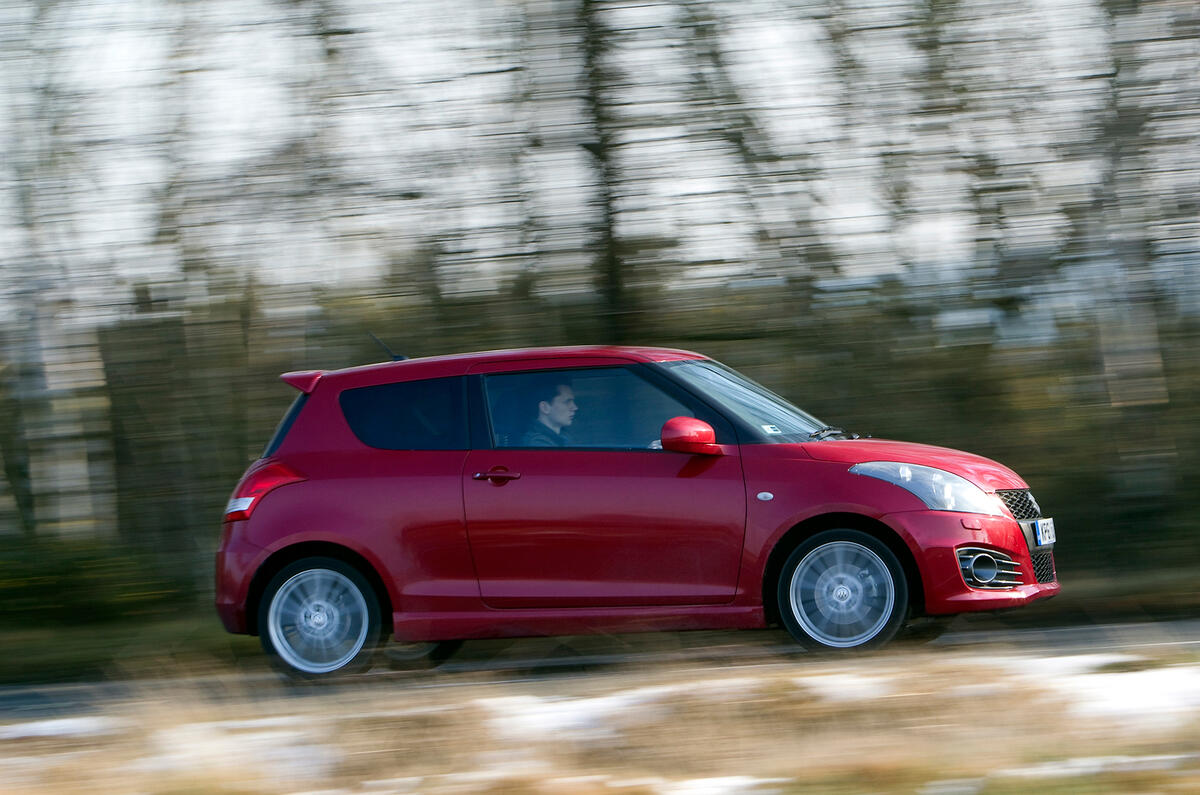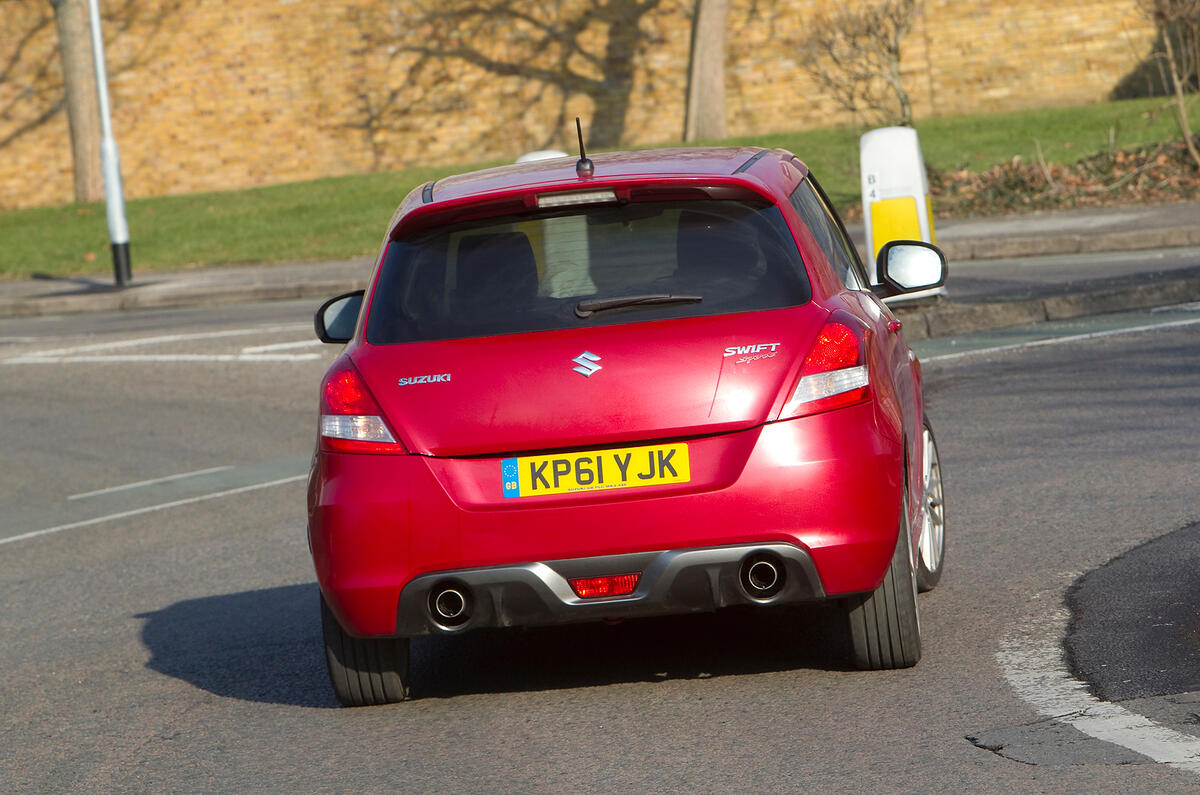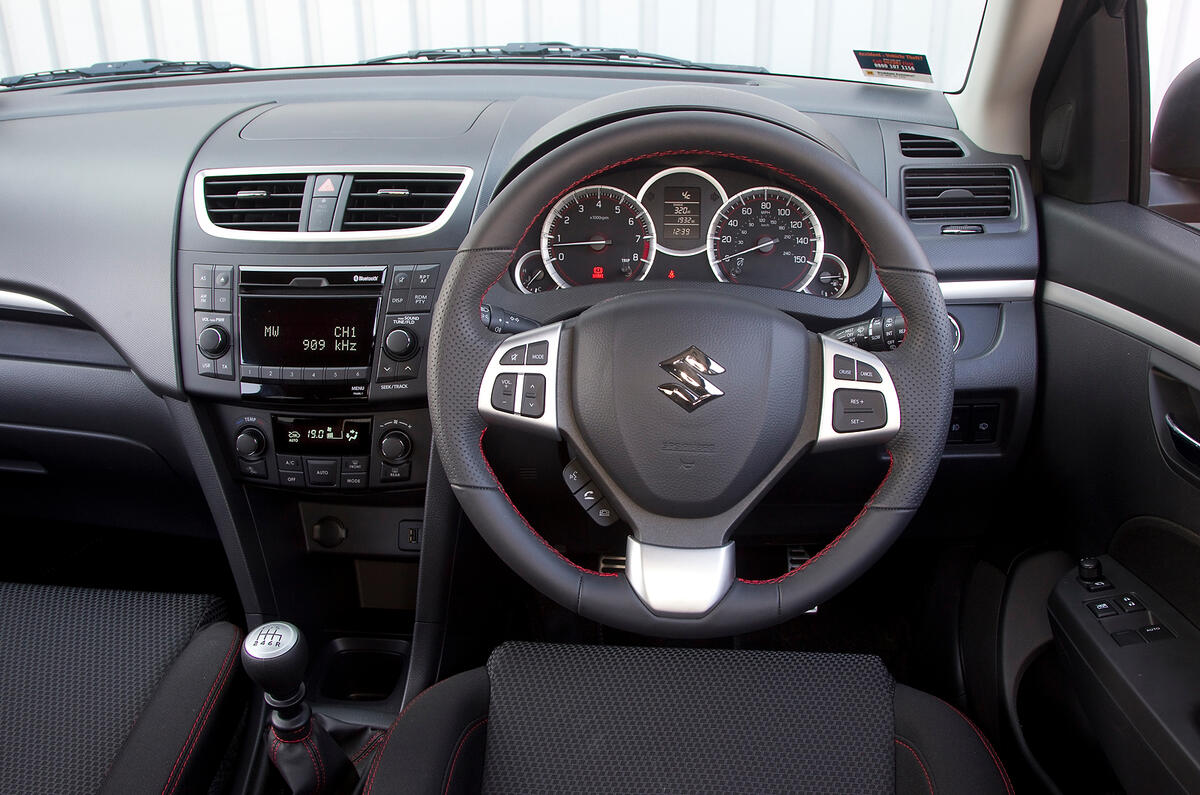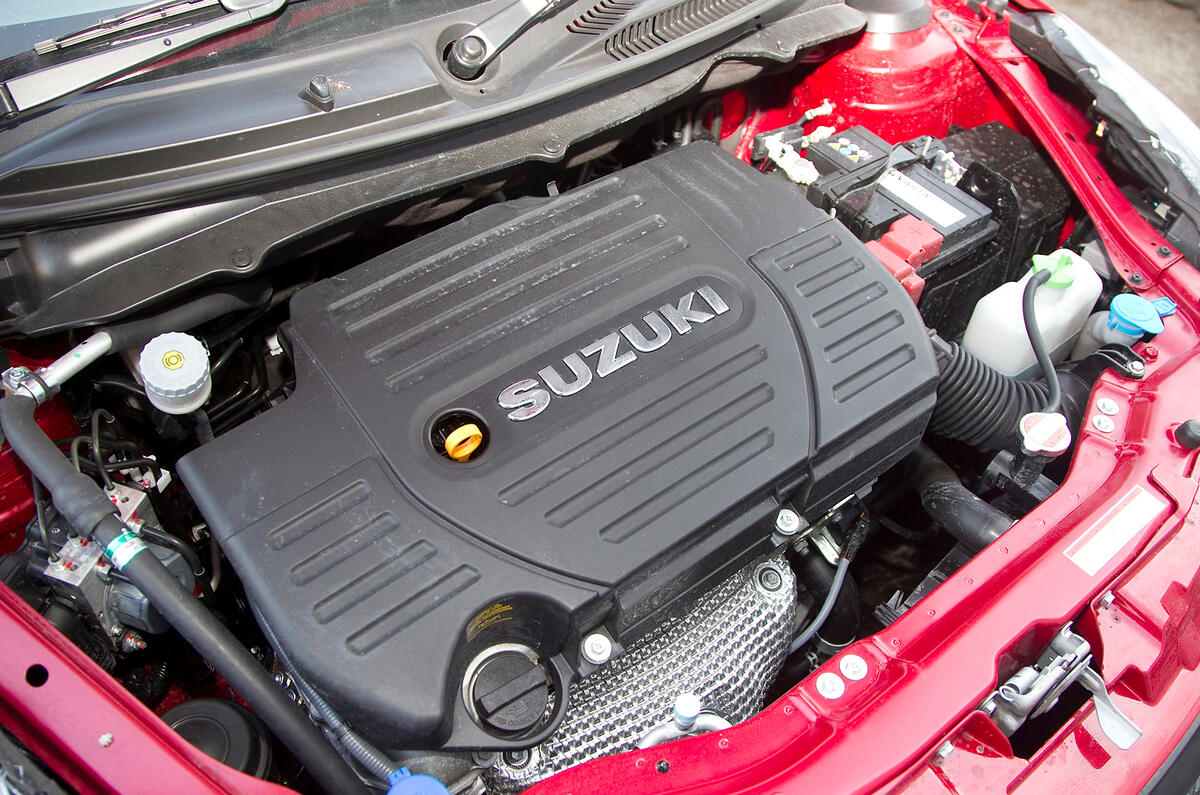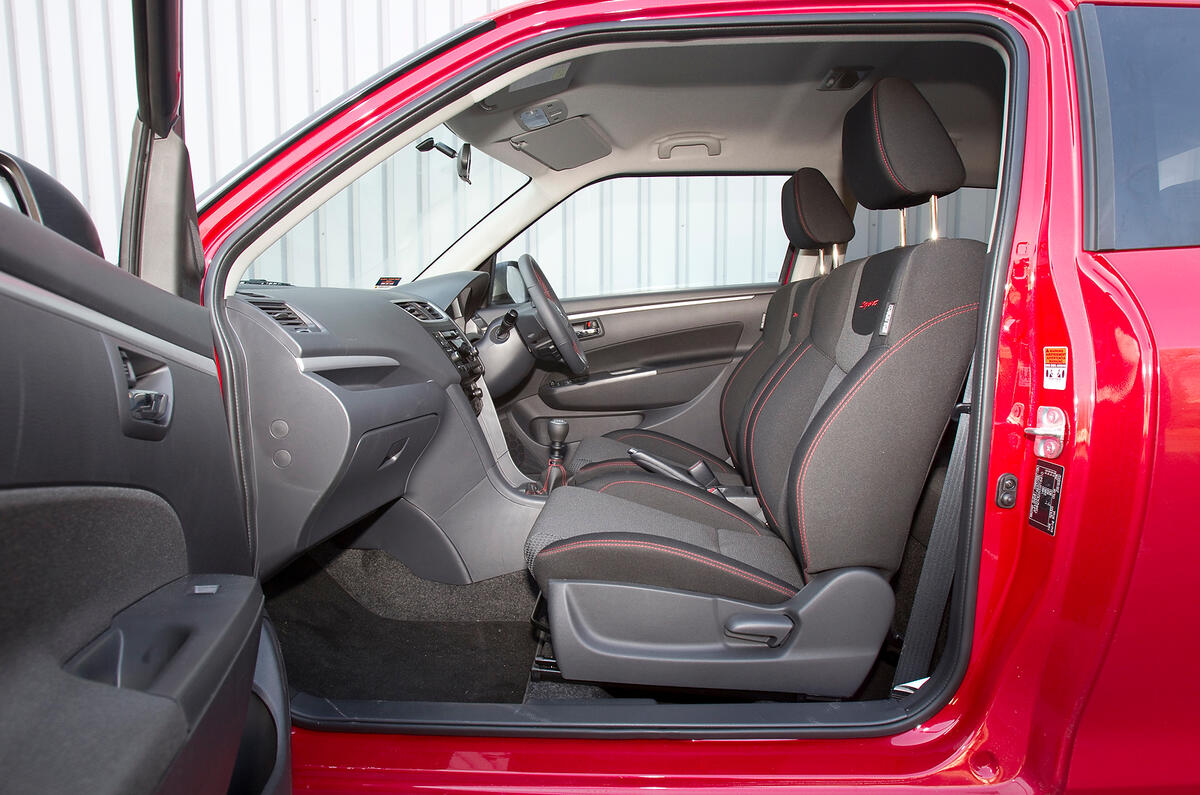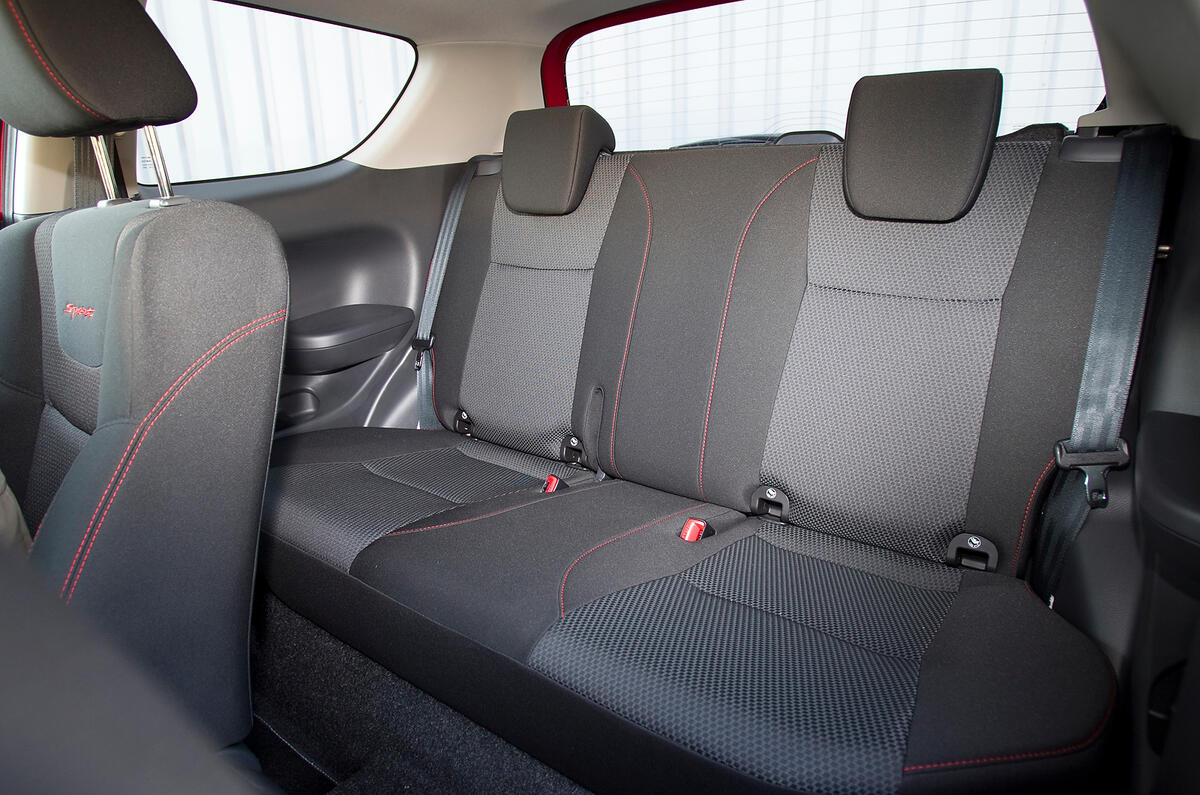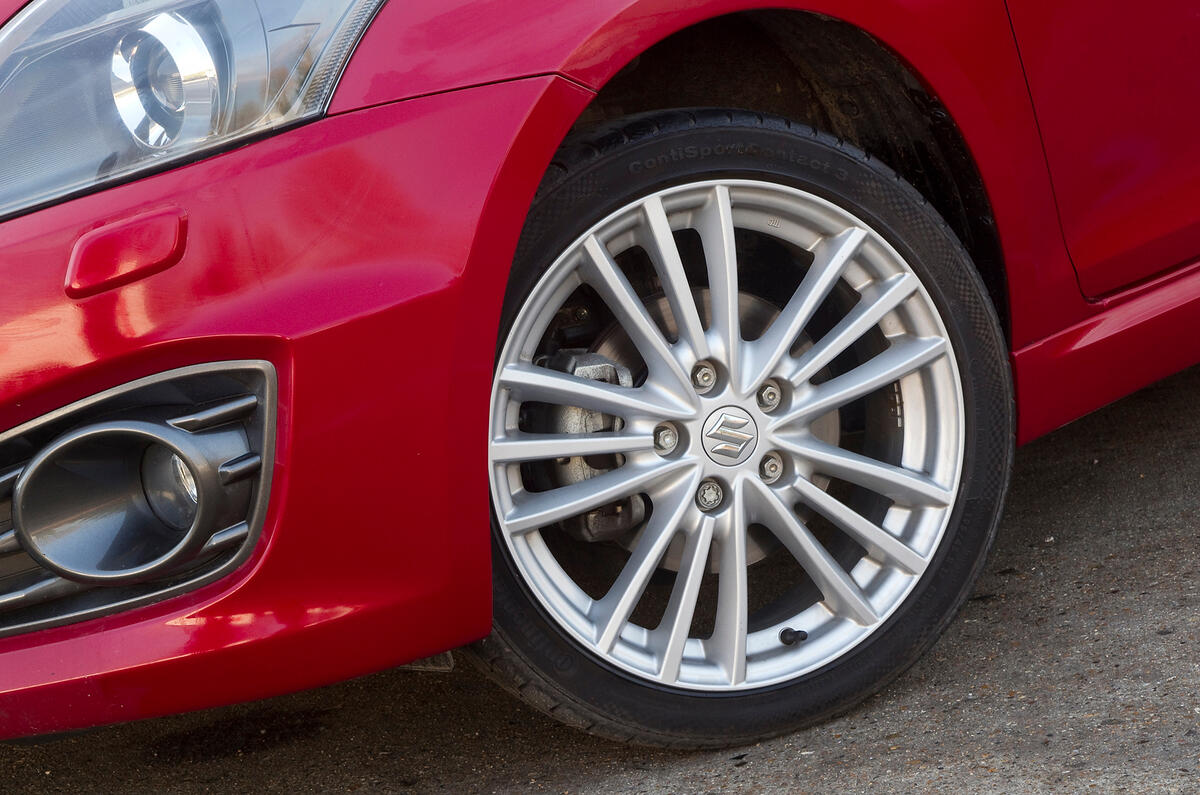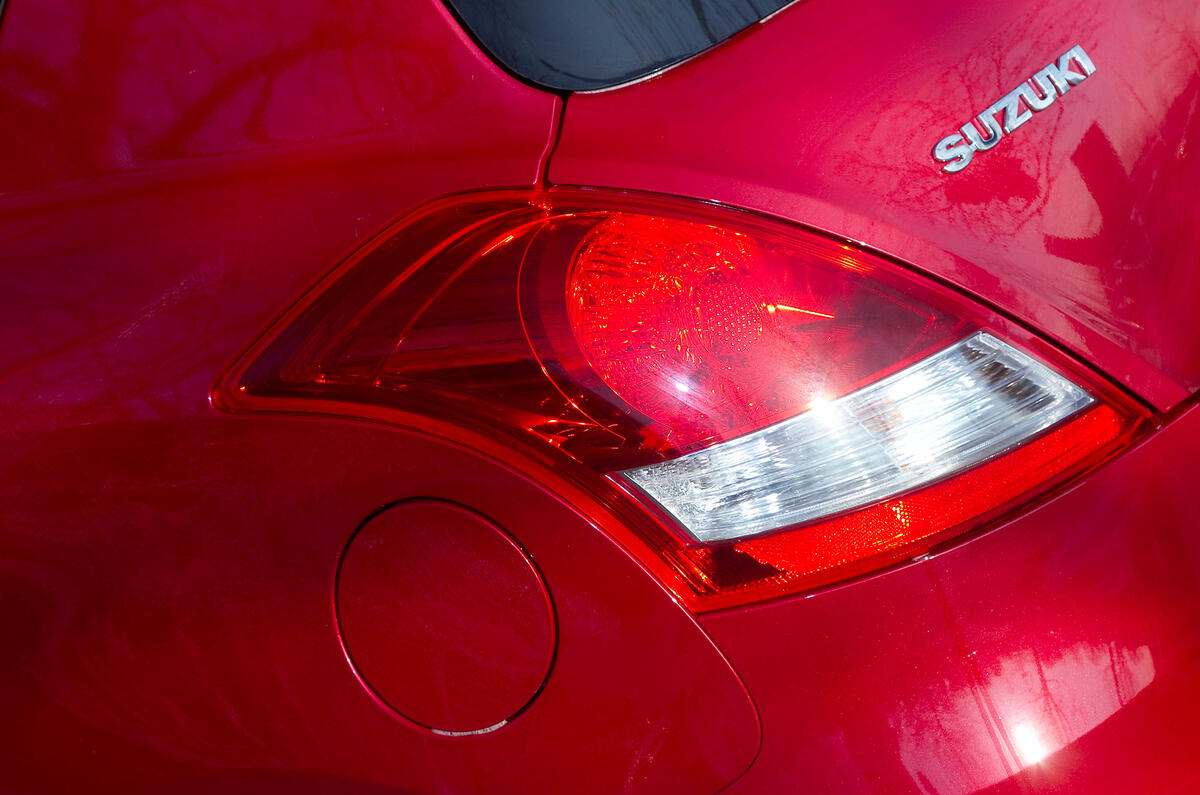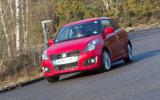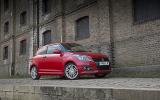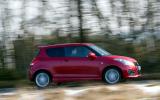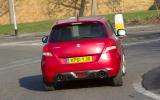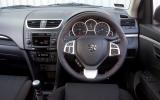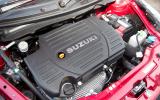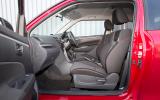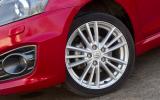The Suzuki Swift Sport is a pleasingly old-fashioned sort of hot hatchback. It has been made quicker, stronger, more powerful and more efficient; improvements necessary just for the Suzuki to keep up in such a competitive segment as Europe’s for superminis.
But get into the detail of this little bundle of joy and you can’t help making slightly dewey-eyed comparisons with a few of the affordable front-drivers that so many of us lusted after twenty-something years ago.
For instance, when was the last time you read about a performance car updated not with automatic engine start-stop or an E-DIFF, but a high-lift camshaft, suspension braces and synchromesh on both first and second gears? And when did any major car manufacturer dare to release a full-sized, front-driven, top-of-the-range performance supermini with less than 140bhp? My money would be on Suzuki, circa 2005, with the last Suzuki Swift Sport.
The new car seeks to improve on the zesty recipe of the last by degrees. A variable length intake plenum, as well as the aforementioned changes to the inlet timing and lift, have boosted peak power on the car’s 1.6-litre normally aspirated engine to 134bhp from 121, and torque up to 118lb ft – not massive hikes by any measure. Although, this may well be the last of an extinct breed, with the 2017 version of the Suzuki Swift Sport set to use a turbocharged 1.4-litre petrol engine producing 138bhp and already used in the Suzuki Vitara S and the facelifted Suzuki SX4 S-Cross.


